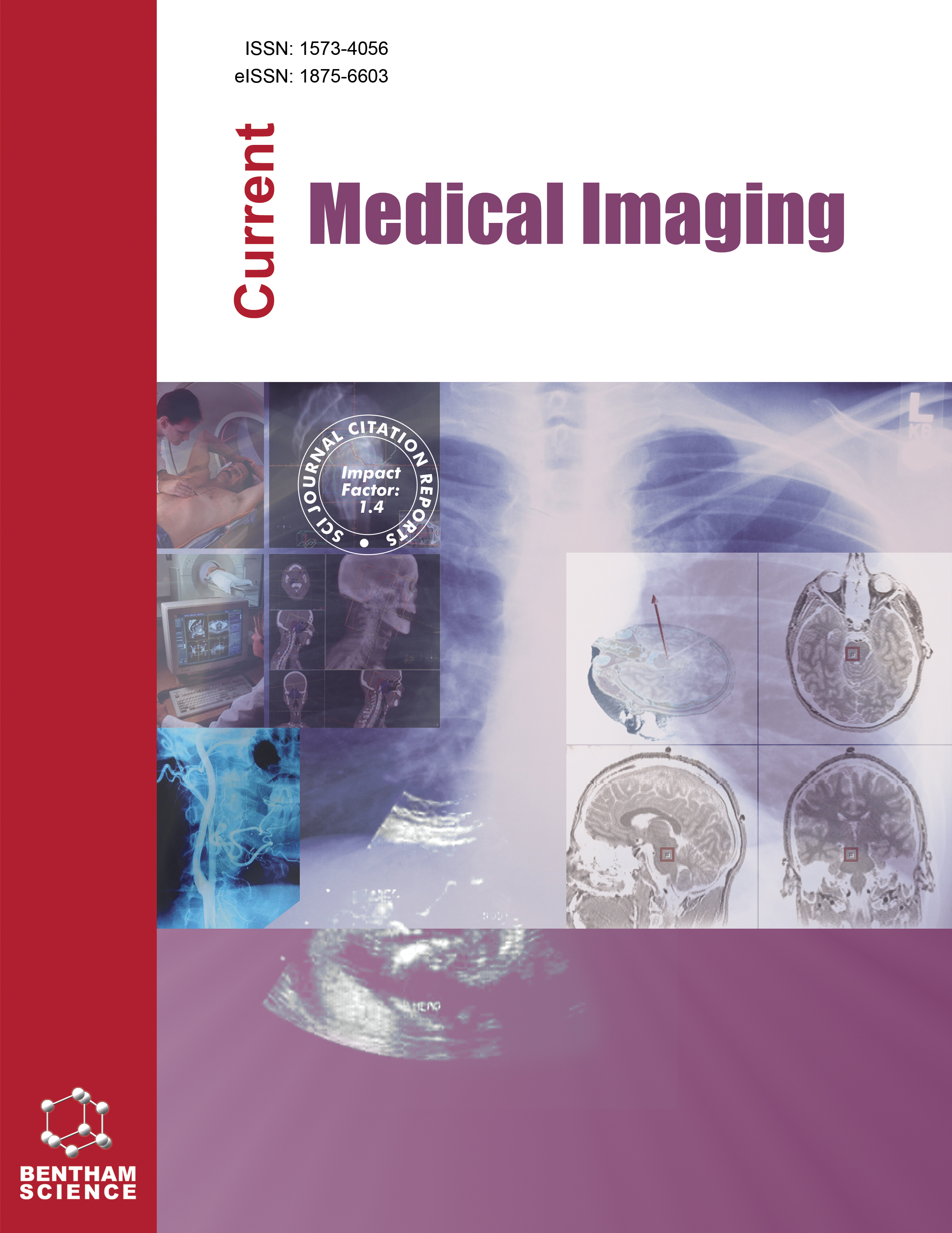-
oa Can Uterine Artery Pulsatility Index Predict Fetal Chromosomal Abnormality in Early Pregnancy Loss? A Retrospective Cohort Study
- Source: Current Medical Imaging, Volume 20, Issue 1, Jan 2024, E140723218741
-
- 28 Oct 2022
- 13 Jun 2023
- 01 Jan 2024
Abstract
Early pregnancy loss (EPL) or spontaneous loss of an intrauterine pregnancy within the first trimester occurs commonly worldwide. It is useful to predict the possibility of fetal chromosomal abnormalities using other cheap and easily available markers.
This study aimed to evaluate whether the uterine artery pulsatility index (UtA-PI) can predict fetal chromosomal abnormality in early pregnancy loss (EPL).
This was a retrospective cohort study including 148 women who underwent dilation and curettage for missed abortion. The UtA-PI was measured and evaluated by transvaginal ultrasound. Abnormal UtA-PI was identified through the mean of left and right UA-PI ≥ 90th percentiles of the relevant values for the corresponding gestational age. Copy number variation sequencing (CNV-seq) was performed on EPL cases without maternal cell contamination.
107 (72.3%) cases were classified with normal UtA-PI, while 41 (27.7%) cases were classified with abnormal UtA-PI. The fetal chromosomal abnormality rate was significantly higher in cases with normal UtA-PI than in those with abnormal UtA-PI (67.3% vs 22.0%, P = 7.1 × 10-7). Compared to cases with abnormal UtA-PI, the risk of fetal chromosomal abnormalities in cases with normal UtA-PI increased with an odds ratio of 7.3 (95% confidence interval [CI]: 3.2‒17.0, P = 4 × 10-7). The predictive value of normal UtA-PI alone for fetal chromosomal abnormalities was shown to have an area under the curve of 0.67‒0.71 in our population.
The UtA-PI seems to be lower and less likely to be elevated in EPL with fetal chromosomal abnormalities compared to those without aneuploidies. We suggest that UtA-PI should be examined in all EPL patients.


